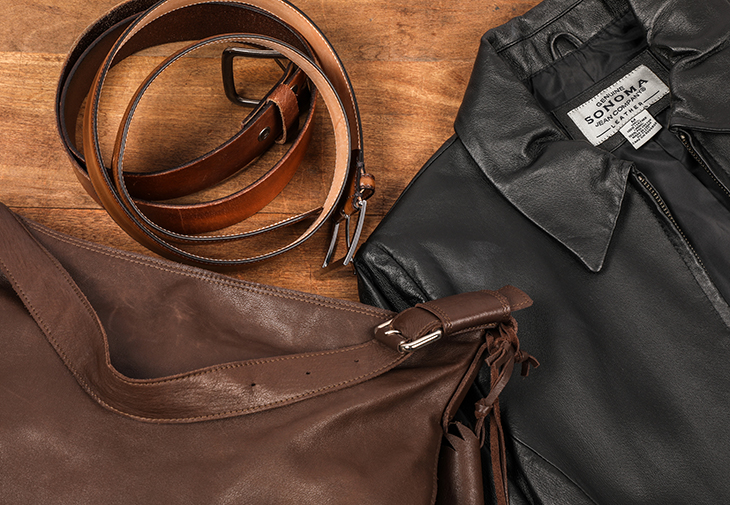The manufacturing of artificial leather has evolved significantly over the years, owing to advancements in polymer science and chemical engineering. The process demands the usage of a myriad of materials and additives to achieve the desired characteristics, such as flexibility, durability, and aesthetic appeal. One critical additive that has gained prominence in the production of artificial leather is Epoxidized Soybean Oil (ESO).
ESO is an eco-friendly plasticizer that offers a gamut of advantages ranging from cost-effectiveness to mechanical enhancement. It has been instrumental in not only improving the quality of artificial leather but also in making the production process more sustainable. This article delves into the role and usage of Epoxidized Soybean Oil in artificial leather production, discussing its benefits, application techniques, and its impact on sustainability.
What is Epoxidized Soybean Oil (ESO)?
Epoxidized Soybean Oil is derived from soybean oil through the process of epoxidation. It is a non-toxic, clear to yellow liquid that is used as a plasticizer and stabilizer in polyvinyl chloride (PVC) plastics. The epoxidation process introduces epoxy rings into the hydrocarbon backbone, enhancing its reactivity and making it compatible with polar resins, like PVC.
Properties of ESO
- Thermal Stability:. ESO displays excellent thermal stability, essential for high-temperature processing in artificial leather production.
- Low Volatility:. Due to its molecular structure, ESO has low volatility, making it ideal for applications where minimal additive loss is desired.
- Compatibility:. ESO is compatible with a range of polar and non-polar resins, allowing for versatile applications.
- Eco-Friendly:. Sourced from renewable raw materials, ESO is biodegradable, posing minimal environmental risks.
Role in Artificial Leather Production
Plasticizer
The primary role of ESO in artificial leather production is as a plasticizer. Enhance the plasticity, flexibility, and workability of materials to which they are added. Artificial leather, predominantly made of PVC, benefits from ESO’s compatibility with the resin, providing improved flexibility and softness to the finished product.
Stabilizer
Exposure to various environmental conditions like sunlight and moisture can lead to the degradation of artificial leather. ESO acts as a stabilizer, providing enhanced thermal and photo-stability, thereby increasing the durability of artificial leather.
Mechanical Enhancement
The epoxy groups in ESO can chemically bond with the polymer matrix, thereby improving tensile strength, elongation, and overall mechanical properties. These enhanced characteristics are crucial for artificial leather applications like upholstery, automotive interiors, and clothing.
Color Retention
ESO’s inherent chemical properties contribute to better color retention in dyed or pigmented artificial leather, ensuring a longer-lasting aesthetic appeal.
Application Techniques
Direct Mixing
Manufacturers directly mix ESO with PVC resin and other additives before the extrusion or casting process in this method. This technique ensures uniform distribution of ESO, thereby providing consistent mechanical properties.
Coating (Role and Usage of Epoxidized Soybean Oil)
For specialized applications, manufacturers can coat a layer of ESO onto the surface of the artificial leather after production, offering extra protection against environmental factors.
Blending
Manufacturers can blend ESO with other plasticizers or additives to enhance specific properties, such as fire resistance or UV stability.
Environmental Impact and Sustainability
One of the significant advantages of using ESO is its minimal environmental impact. Unlike phthalate-based plasticizers, which have come under scrutiny for their potential health and environmental risks, ESO is biodegradable and non-toxic. Its source—soybean oil—is renewable, making it a sustainable choice for artificial leather production.
Conclusion (Role and Usage of Epoxidized Soybean Oil)
Epoxidized Soybean Oil has emerged as a versatile and essential additive in the production of artificial leather. Its multiple roles as a plasticizer, stabilizer, and mechanical enhancer contribute to the quality, durability, and aesthetic value of the final product. Moreover, its eco-friendly nature aligns well with the increasing demand for sustainable materials in today’s environmentally conscious world. Continuing research into its diverse applications positions ESO to play a growing, integral role in advancing the artificial leather industry’s sustainability and innovation efforts.

